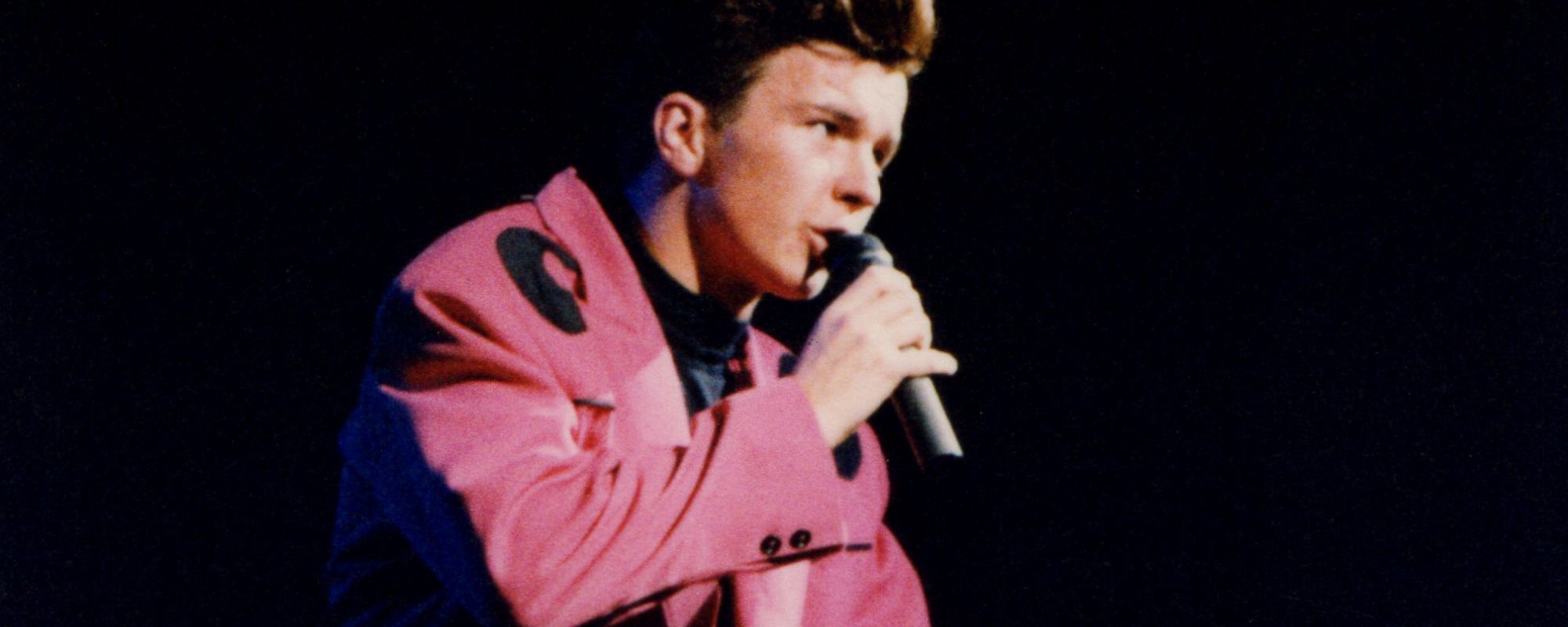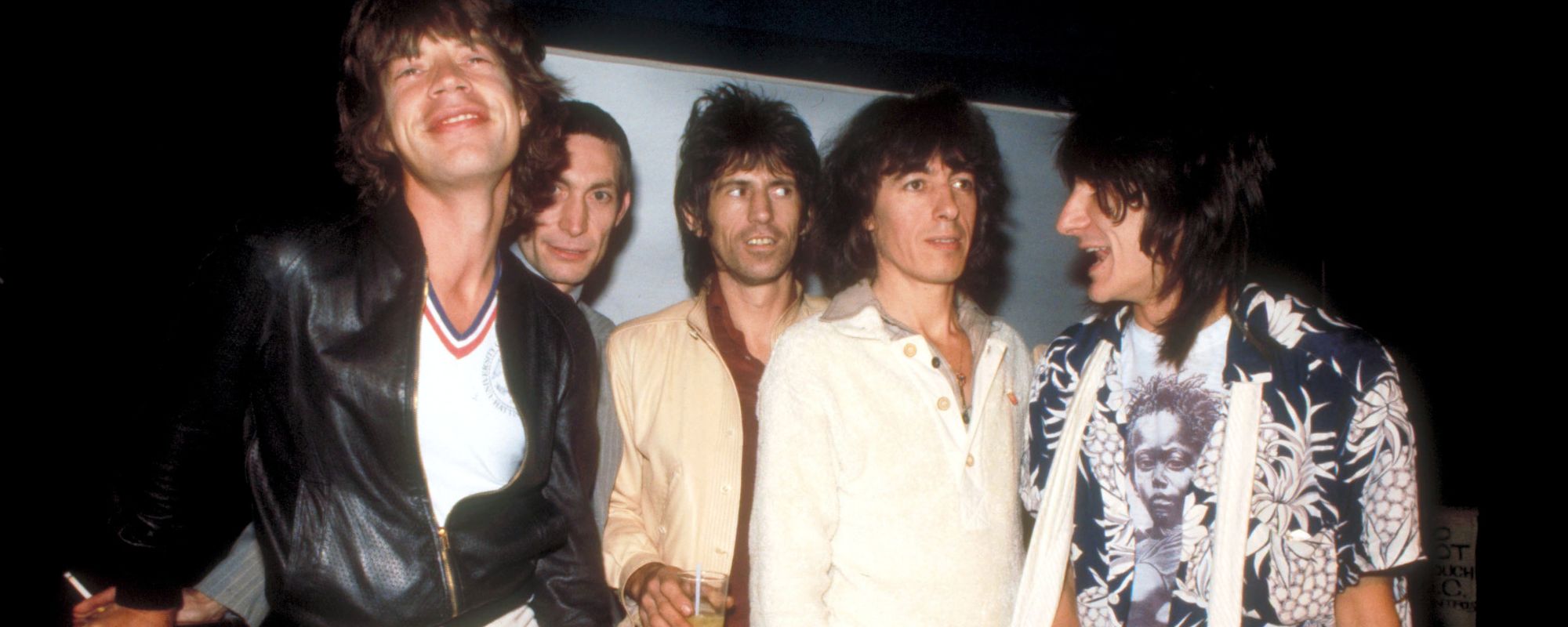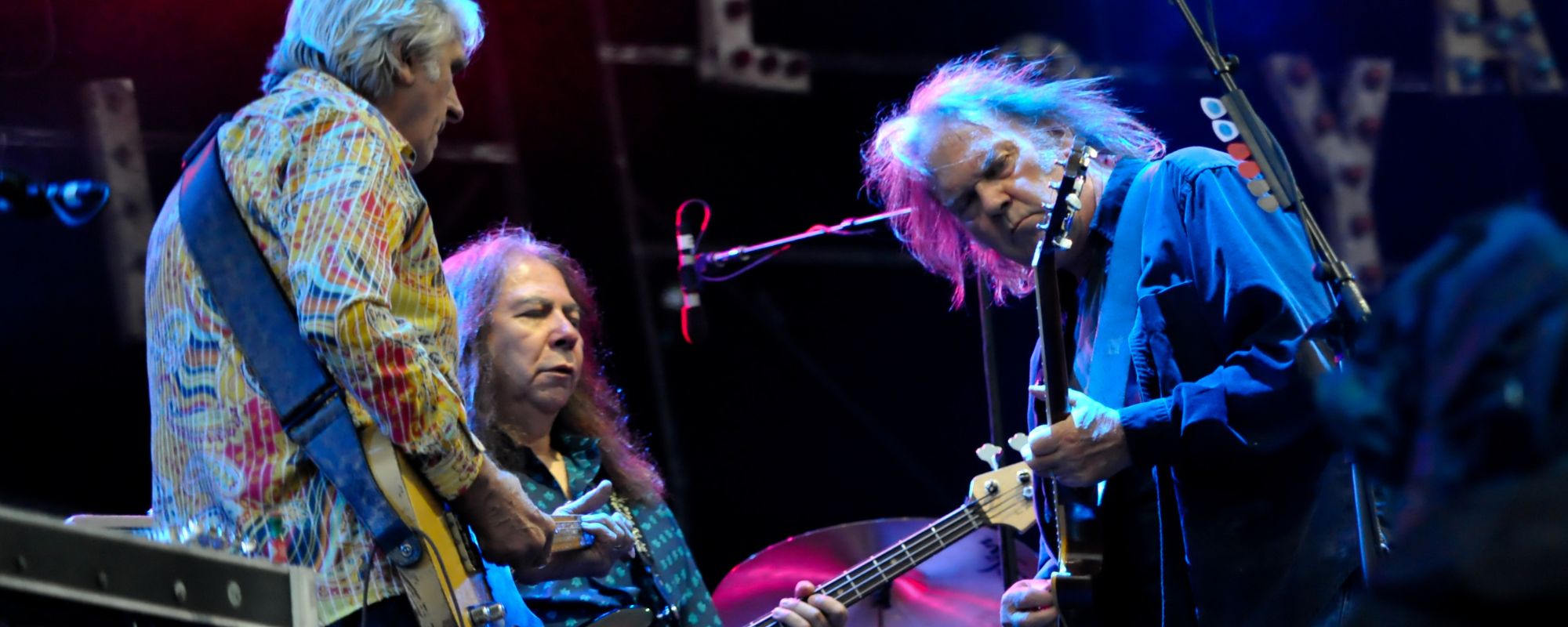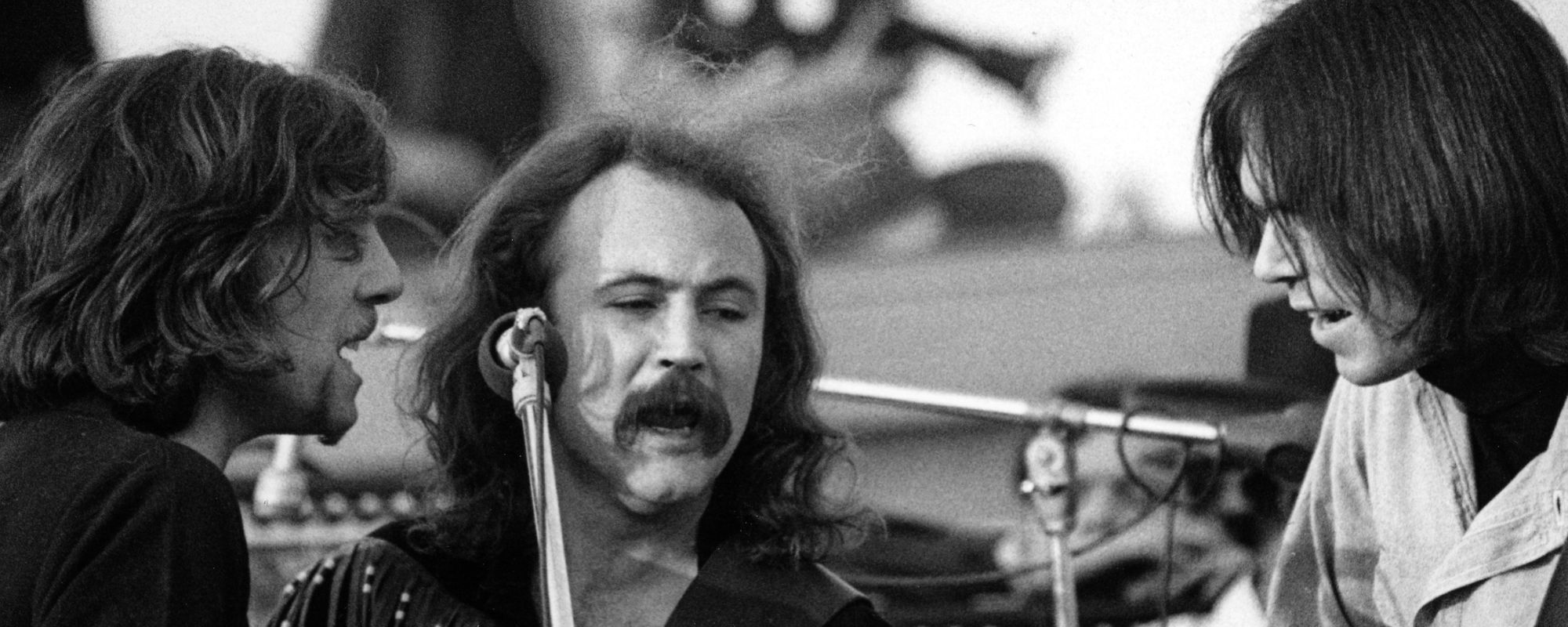In the days following President Nixon’s televised address, declaring that American forces would be sent into Cambodia, several anti-Vietnam protests ensued in the town of Kent, Ohio, including the burning down of the Reserve Officer Training Corps building, which led to protestors being tear-gassed and arrested, after the National Guard was called in to help restore order.
On May 4, 1970, as several thousand students and spectators gathered at Kent State University to protest the war, the demonstration ended in tragedy after the Guardsmen began firing into the crowd of unarmed protestors, killing four and injuring nine others.
Months after the tragedy, after David Crosby gave Neil Young the Life magazine issue with a story on the incident, including one image that prompted Young to write “Ohio” for Crosby, Stills, & Nash (CSNY). “Crosby came and had the magazine with the Kent State killings,” said Young. “I had heard it on the news, what had happened, but Crosby always had a way of bringing stuff into focus.”
Videos by American Songwriter
The Kent State Photograph
What struck them most in the story, particularly Young, was the Pulitzer Prize-winning photograph of 14-year-old Mary Ann Vecchio kneeling over the body of the dead 20-year-old student, Jeffrey Miller, taken by undergraduate John Filo.
“Blood was just pumping out of his body, on the hot asphalt,” Filo told Annenberg Media. On that day, another undergrad photographer, Howard Ruffner, along with John Harris Dante and Chris Abell.
“I could see the tension building in this girl, and finally she let out with the scream,” added Filo, “and I sort of reacted to the scream and shot that picture.”
Crosby remembered seeing the photograph for the first time and how it impacted Young. “We went over to this friend’s house, and the friend came back from the store with the magazine with the girl kneeling over the dead kid,” recalled Crosby in an interview with Kent State in 2017. “And I watched it hit Neil. He opened the magazine and looked at this thing, and it hit him in the heart. And I watched him write ‘Ohio’ right there.”

‘Tin Soldiers and Nixon Coming’
Released by CSNY in 1971 with David Crosby on vocals, right from the start—Tin Soldiers and Nixon Coming—”Ohio” references the Nixon administration and the armed guards. Crosby once said that Young mentioning Nixon in the song was “the bravest thing I ever heard.”
Tin soldiers and Nixon coming
We’re finally on our own
This summer, I hear the drumming
Four dead in Ohio
Gotta get down to it, soldiers are cutting us down
Should have been gone long ago
What if you knew her and found her dead on the ground
How can you run when you know?
La-la-la-la, la-la-la-la
La-la-la-la, la-la-la
La-la-la-la, la-la-la-la
La-la-la-la, la-la-la
Gotta get down to it, soldiers are cutting us down
Should have been gone long ago
What if you knew her and found her dead on the ground
How can you run when you know?
Tin soldiers and Nixon coming
We’re finally on our own
This summer, I hear the drumming
Four dead in Ohio
[RELATED: A Look Behind 3 of David Crosby’s Final Protest Songs]
“Neil just wrote this song, it’s f–king fantastic.”
Once written, CSNY recorded it live at the Record Plant Studios in Los Angeles within a few takes. “Crosby called me up and said he’d booked a studio,” recalled Graham Nash in 2012. “[Crosby said] ‘Neil just wrote this song, it’s f–king fantastic. Get down here.’ Neil played me Ohio, and it was ‘Holy f–k—fantastic.’ We recorded it in an hour and a half.”
The band recorded its B-Side “Find The Cost Of Freedom” within another half hour. “Ahmet Ertegun [Atlanta Records co-founder] was sitting right there,” said Nash. “We mixed it, gave him the two-track, and said, ‘Ahmet, we want this out now.’ Ahmet put up an argument, but we were firm.”
Nash added, “Twelve days later, we put it out in a single sleeve with a copy of the Constitution that had four bullet holes on it. Is that political? No. But people say it is.”
In 2009, Young also released “Ohio” on his box set Neil Young Archives Vol. 1: 1963–1972.
Photo: Michael Ochs Archives/Getty Images













Leave a Reply
Only members can comment. Become a member. Already a member? Log in.